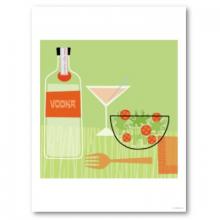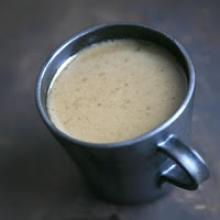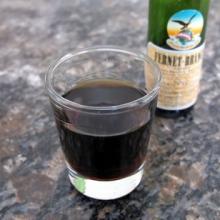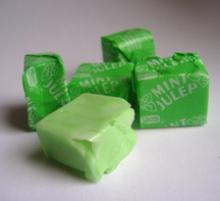I'm sick of flavored liquor. That is, I'm sick of the brand-name, off-the-shelf, candy-scented swill that has invaded liquor store shelves over the past decade. I could put up with the plethora of flavored vodkas out there. I mean, technically most hard liquor is flavored vodka, they're just flavors most people wouldn't drink if they were marketed as such. What's whiskey but sun-and-wood-flavored vodka? Gin's just juniper vodka and brandy is a wine and vodka cocktail. That's the nature of neutral grain spirits. The real offense, the last freaking straw, was when flavored whiskey hit the market. Vanilla whiskey. Cherry whiskey. These are sins, plain and simple. Oh, not because whiskey plus other flavors is an affront to the gods of distillation, but because there's a huge difference between the muddled fruit of an Old Fashioned and some confectionery syrup ruining a perfectly good batch of bourbon. That's why this flavoring thing has gone too far and why it's time to bring liquor infusion back to homemade basics. You want flavored vodka or, dare I say, flavored whiskey? Patience and fresh ingredients are all you need.
Let's start with an old favorite: Vanilla vodka. Even the best stuff on the market tastes like the run-off from a particularly soggy wedding cake, so it's not good for much beyond super-sweet dessert drinks and ridiculous cocktails that few outside a sorority ever consume. The reason for this is where the vanilla comes from. These brands are not scraping a vanilla bean and letting it steep, they're making vanilla-flavored syrups and extracts then homogenizing them with vodka and filtering the results. This is a terrible idea. Here's how to do it right.
Get a liter of decent vodka. Don't bother with really premium stuff because the point of high-end vodka is that it doesn't taste like anything to begin with. A good mixing vodka like Svedka, Smirnoff or (if you want some bite) Stoli will do just fine. Next, take three to six vanilla beans, slice them open, scrape the soft, fibrous insides into a clean, glass container that will also hold the vodka and then drown the whole thing in booze. Stir the mixture thoroughly, seal it tight and store it in a cool, dry place away from any intense source of light, especially sunlight.
Now, walk away. Seriously, leave the vodka to steep for one to two weeks. Don't stir it, don't shake it, and for the love of all that is good and true don't add anything else. When all is said and done, just strain the contents of your infusing jar back into the original bottle and you will have the best vanilla vodka you've ever tasted. No added sugar, no syrup, not artificial coloring or flavoring. Just vanilla bean and booze.
The process for herbs and berries is similar. Buy fresh, use more than you think you need, slice, stir, forget, strain. You can do the same with any other liquor, should you want to. What's that? You want to make chocolate vodka? Sigh. Fine. If you absolutely must, do yourself a favor and skip the Hershey's. The stuff you want is unsweetened, Dutch-process cocoa powder. Add one cup to a liter of vodka, shake it thoroughly, let it sit for the requisite time and then strain it. The Dutch stuff is more subtle and it'll give your vodka that fancy-chocolate flavor you'll probably want. And yes, it'll be plenty sweet, which is to stay not very sweet at all. You want sweet chocolate liquor? Buy some Creme de Cacao and be done with it.








